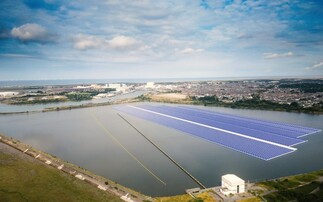In the second part of the series, BusinessGreen Plus asks industry experts what companies can expect when installing solar systems
Yesterday, BusinessGreen looked at how to make the case for installing a rooftop solar PV system. In part two of our guide, we run down what to expect during the installation process and once the panels are up and running.
Installation
Once a proper assessment of the financial case for installing solar technologies has been undertaken, companies can feel more confident about approaching an installer. A huge number of companies are approved by the Microgeneration Certification Scheme (MCS) to install solar systems, while the Renewable Energy Association (REA) also has a code of conduct, known as the REAL Consumer Code, which many installers have signed up to.
But it is important to ensure the supplier you go with has experience in installing the type of system your company requires - there are differences between small-scale domestic installations and larger office or factory-based arrays, so remember to ask for case studies and customer references from previous projects.
"Talk to installers and make sure they have done a system like this before," says Martin Cotterell, chairman and technical director of Cumbria-based Sundog Energy. "Have they done flat roofs or pitch metal roofs - were all their previous installations domestic?
"Just because they have got MCS doesn't mean they have the experience for your roof or scale of installation. You need to look carefully at a company and what they have done in the past."
Good installers will be able to advise on suitable equipment and warranties, model the potential returns and arrange a structural survey of the roof. Most rooftop solar systems outside of conservation areas will not need planning permission but again, should you need to engage the council's planning department, your installer should be able to take you through the process.
It is also worth considering that if insurance for the panels is not included in the package, it may be that they can be added onto existing building insurance.
Any company installing a solar system will have to contact the District Network Operator (DNO - find yours here), while those fitting arrays with more than 250kW of capacity will need to upgrade their grid connection.
"Suppliers should do this for free and upfront," Lashford says. "You can't progress the work until you have had the OK from your DNO. The maximum time they have to make a decision is 40 days."
The length of time a system will take to install varies according to its size and the accessibility of the roof. As a general rule of thumb, a 100kW system usually takes two to three weeks to fit - but this can extend to a month and a half.
"We put a system on a court building, which meant we could only work at certain times because the judge was hearing cases," Cotterell says.










